
Electric Bike Evolution: How Powers Changed the Way We Ride
The world of transportation is ever-changing, and the electric bike is a perfect example of this dynamic shift. As we witness the rise of eco-friendly commuting options, understanding the e bike evolution gives us insight into how far we've come and where we might be headed.
From Traditional Bicycles to Modern Electric Bikes
The Origins of Electric Bicycles
The journey of the electric bicycle began over a century ago. The concept of motorizing an electrically assisted pedal cycles dates back to the late 19th century.
When were electric bikes invented? In 1895, Ogden Bolton Jr. received one of the earliest patents for a battery-powered first electric bicycle. His design featured a direct-drive hub motor mounted in the rear wheel, which was a revolutionary idea at the time.
Shortly thereafter, in 1897, Hosea W. Libbey of Boston invented an electric bicycle that used a double electric motor. Libbey's design was later adapted to become the basis for modern hub motors used in future electric bicycle.
Despite these innovations, electric bikes struggled to gain popularity due to technological limitations and the dominance of gasoline-powered vehicles.
The Early 20th Century Developments
As the 20th century progressed, the focus shifted towards developing more efficient motors and batteries. This era saw incremental advancements in electric bike technologies. However, it wasn't until the latter part of the century that old electric bikes began to gain traction.
In the 1970s, with the oil crisis highlighting the need for alternative energy sources, the interest in electric bicycles was renewed. During this period, inventors and engineers experimented with various designs and materials to improve efficiency and performance.
The Electric Bikes Evolution
Early 20th Century to Mid-Century Developments
The early 20th century saw gradual improvements in electric bike technologies, although they remained a niche product. The primary focus was on enhancing battery capacity and motor efficiency. Inventors and engineers worked tirelessly to make electric bikes more viable for everyday use.
However, it wasn't until the late 20th century that significant advancements were made. Despite the slow progress, this period was crucial in establishing a foundation for the technological leaps that would later transform the industry.
During this era, the automotive industry overshadowed electric bikes, as cars became more affordable and widespread. However, the persistent efforts to improve battery technology during this time laid the groundwork for future breakthroughs.
As researchers experimented with different materials and configurations, the seeds for the electric bike renaissance were sown, waiting for the right conditions to flourish.
The Late 20th Century: A Turning Point
The 1990s marked a crucial turning point in the evolution of electric bikes. With the advent of more efficient battery technologies, such as Nickel-Cadmium and later Lithium-Ion, electric bikes began to gain traction.
These batteries were lighter and provided more power, making electric bikes more practical and appealing to a broader audience. The introduction of these advanced batteries addressed one of the key challenges faced by early electric bikes – the weight and inefficiency of power sources.
During this period, electric bikes started to appear more frequently in Europe and Asia, where they were seen as an environmentally friendly alternative to traditional bicycles and scooters. The electric bikes market began to expand rapidly, leading to increased innovation and competition among manufacturers.
As urban areas became more congested, electric bikes offered a promising solution to the problems of traffic and pollution, further boosting their popularity.
The 21st Century: The Rise of Modern Electric Bikes
The 21st century has seen a surge in electric bike popularity, with advancements such as regenerative braking, pedal-assist systems, and smart technology making them more appealing to a wider audience.
In recent years, the e bike evolution has been driven by a growing awareness of environmental issues and a shift towards sustainable transportation solutions. Governments around the world have recognized the benefits of electric bikes and have implemented policies and incentives to encourage their use.
As cities strive to reduce their carbon footprints, electric bikes have emerged as a key player in achieving sustainability goals, reflecting a broader movement towards greener living.

The Current Electric Bikes Market
The electric bikes market is booming, with sales figures skyrocketing in many parts of the world.
According to market research, the global electric bike market is projected to reach $46 billion by 2026, driven by factors such as urbanization, technological advancements, and the increasing demand for eco-friendly transportation options.
Electric bikes are particularly popular in urban areas, where they offer a convenient and efficient mode of transport for short to medium distances. They have also become a popular choice for delivery services, as they provide a cost-effective and sustainable solution for last-mile deliveries.
The versatility of electric bikes in urban settings has made them a preferred choice for both individuals and businesses looking to reduce their environmental impact and navigate congested city streets with ease.
Leoguar's Impact on Electric Bike Innovation
Leoguar has made significant contributions to electric bike innovation, solidifying its role as a key player in the industry. With a focus on enhancing both safety and user experience, Leoguar has introduced several groundbreaking features that cater to a diverse range of consumers.
Patent Design: Dual Lock Anti-Theft
One of the standout innovations from Leoguar is its patented dual lock anti-theft design. This advanced locking mechanism provides an added layer of security for electric bike owners, addressing a common concern among urban cyclists.
Smart Monitoring Technology: Canbus
Leoguar utilizes canbus technology for smart monitoring of their electric bikes. This integrated system enables real-time data tracking and performance monitoring, allowing users to stay informed about their bike's status and optimize their riding experience.
Style Innovation: Catering to Diverse Needs
Leoguar's commitment to style innovation is evident in its range of electric bikes, which cater to various levels and ages. From commuter models to cutting-edge e-bike designs, Leoguar ensures there is an option for every rider, reflecting modern trends and user preferences.
30 Years of Technological Experience
With three decades of technological expertise, the Leoguar team is dedicated to product quality and service excellence. They pay meticulous attention to high-quality components, embodying craftsmanship and a commitment to creating high-performance electric bikes that exceed customer expectations.

The Future of Electric Bicycles
As we look to the future, the potential for electric bicycles is vast. Technological advancements and changing societal needs will shape the next chapter of e bike evolution.
Innovations on the Horizon
The future of e-bikes will likely see continued innovation in battery technology, with a focus on increasing range and reducing charging times. Solid-state batteries, which offer higher energy density and safety, are on the horizon and could revolutionize e bike design.
Furthermore, advancements in materials science could lead to even lighter and more durable frames, enhancing performance and user experience. The integration of artificial intelligence and machine learning could also provide smarter, more intuitive riding experiences.
E-Bikes in Urban Planning
As cities continue to grapple with congestion and pollution, e-bikes are poised to play a significant role in urban planning. Infrastructure improvements, such as dedicated bike lanes and charging stations, will facilitate the widespread adoption of electric bikes.
Policymakers are increasingly recognizing the benefits of e-bikes in reducing traffic congestion and emissions. Incentives such as subsidies and tax breaks for e-bike purchases are being considered to encourage more people to make the switch.
Expanding Accessibility
The future will also focus on making electric bikes more accessible to a wider range of people. Innovations in design and pricing could make ebikes a feasible option for those with mobility challenges or limited budgets.
Shared ebike programs, similar to bike-sharing initiatives, are likely to expand, providing affordable and convenient access to electric bikes for short trips and commutes.
Conclusion
As technology continues to advance and societal needs evolve, electric bicycles are set to play an increasingly important role in our daily lives. Whether it's for commuting, leisure, or reducing our carbon footprint, the future of electric bikes looks promising.



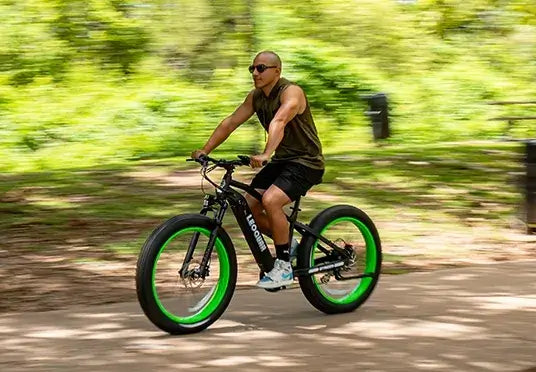






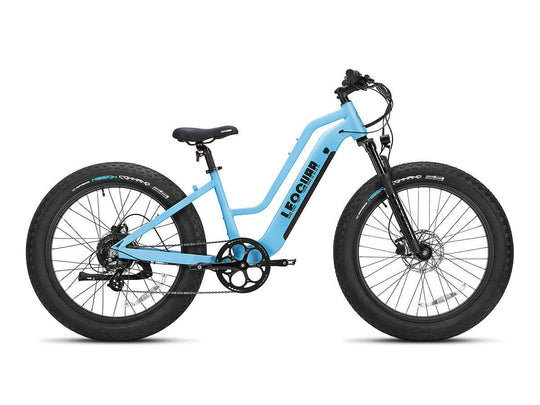
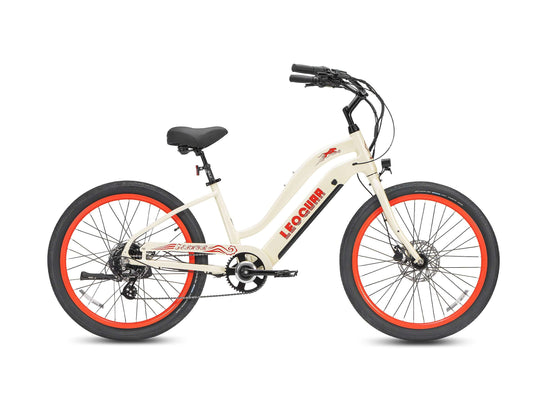
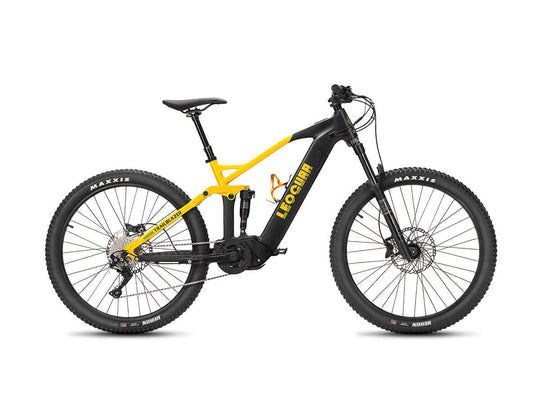

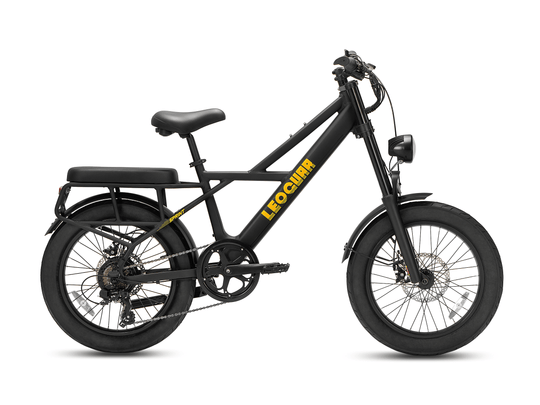
















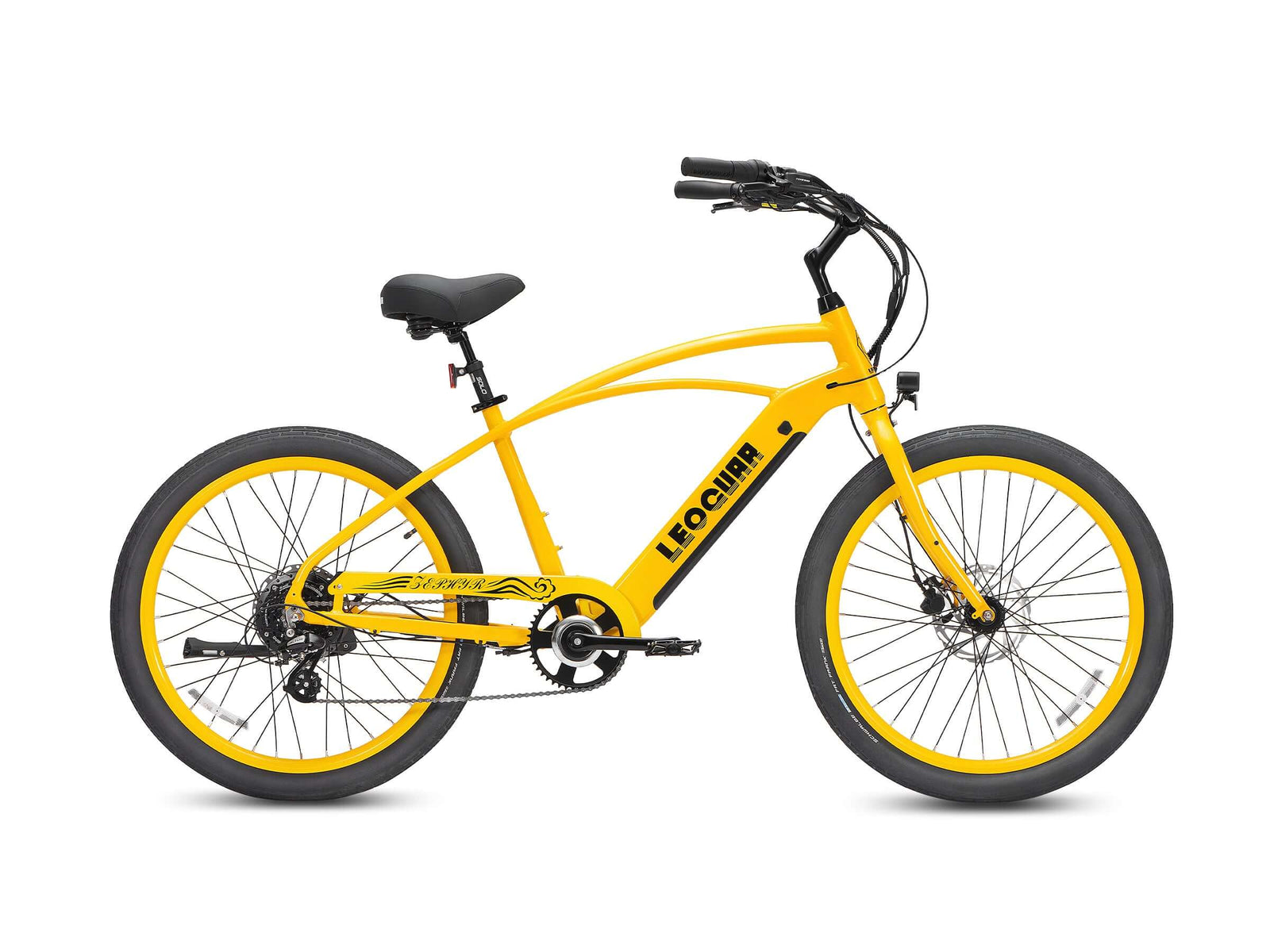








Leave a comment